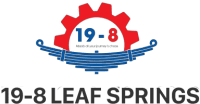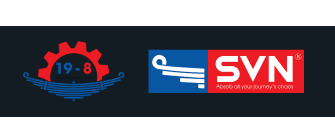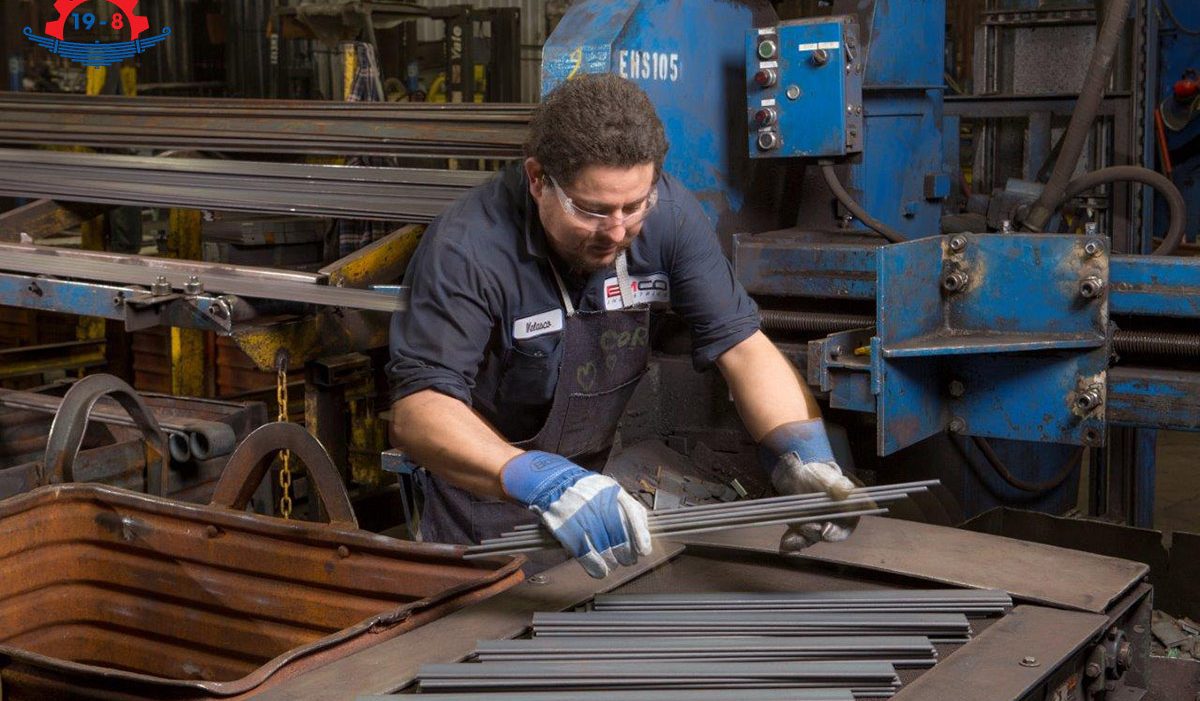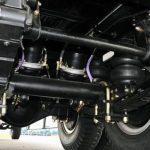Leaf spring standards are quintessential benchmarks in the automotive industry, designed to uphold the integrity and performance of suspension systems. As these components bear the brunt of a vehicle’s weight and absorb road shocks, they must meet stringent criteria. In this article, we will delve deep into these, elucidating their importance in guaranteeing optimal vehicle performance and passenger safety.


Importance of Product Evaluation Standards
They are sets of rules, guidelines, or criteria that define the characteristics, properties, or performance of a product or service. They are developed by various organizations, such as national or international standards bodies, industry associations, regulatory agencies, or professional societies4.
They serve several purposes, such as:
- Providing a common language and framework for communication and collaboration among different stakeholders, such as manufacturers, suppliers, customers, regulators, and users.
- Establishing minimum requirements or benchmarks for quality, safety, reliability, efficiency, or compatibility of products or services.
- Facilitating innovation and improvement by providing best practices, recommendations, or examples of good design or performance.
- Enhancing customer satisfaction and confidence by ensuring that products or services meet their expectations and needs.
- Promoting fair competition and trade by creating a level playing field for different market players and reducing technical barriers.
- Supporting regulatory compliance and legal protection by providing evidence of conformity or conformity assessment.
Understanding Leaf Spring Standards
Explore the define
They define the technical specifications. They specify the terms and definitions, symbols, spring types, material requirements, dimensional tolerances, characteristic requirements, and manufacturing requirements.
For example, ISO 18137:2015 is an international standard that specifies the technical specifications for leaf springs for road vehicles. It applies to composed of one or more leaves. It also provides test methods for measuring the dimensions and characteristics of leaf springs.
Types of Standards
They vary based on scope, origin, or function. Common types include:
- National Standards: Developed by national bodies, they cater to specific regional needs. For instance, JIS B 2710 is Japan’s standard for leaf springs, detailing design to storage, while GB/T 19844 serves a similar purpose in China.
- International Standards: Crafted by international bodies, these aim for consistency across regions. ISO 18137:2015 by ISO, offers technical specs for leaf springs in road vehicles. IEC 60068-2-81 from IEC, outlines environmental tests for leaf springs against vibration.
- Industry Standards: Made by industry groups, they target sector-specific interests. SAE J403, from SAE International, defines the chemical makeup of carbon steels for leaf springs. GMW14656, by General Motors, sets out requirements for suspension springs.


Explore The importance
They are important for ensuring the quality and performance of leaf springs. They provide several benefits, such as:
Ensuring Safety and Reliability
They ensure that leaf springs are safe and reliable for their intended applications. They specify the minimum requirements or criteria for the material properties, design parameters, characteristic values, and manufacturing processes of leaf springs. They also provide testing methods and protocols to verify the conformity or compliance of leaf springs.
Quality Assurance and Consistency
Leaf springs are consistent in quality and performance if they meet the requirements. They provide a common language and framework for communication and collaboration among different stakeholders, such as manufacturers, suppliers, customers, regulators, and users. They also facilitate quality control and quality management by providing inspection rules, marking, packaging, transport, storage, quality certificates, order sheets, etc. for leaf springs.
Meeting Regulatory Requirements
They reflect the technical regulations or laws that apply to leaf springs in different countries or regions. They also support regulatory compliance and legal protection by providing evidence of conformity or conformity assessment.
Detailed Explanation
Material Selection and Properties
The material used for leaf springs is one of the most important factors that determine their quality and performance. The material should have high strength, toughness, fatigue resistance, corrosion resistance, and wear resistance. The most common materials used for leaf springs are spring steels, such as carbon steel, alloy steel, stainless steel, or composite materials.
They specify the chemical composition, mechanical properties, heat treatment, surface condition, and quality control methods for the materials used for leaf springs. For example, ISO 18137 defines the material requirements for leaf springs for road vehicles.
Design Principles and Best Practices
Leaf spring design, impacting quality and performance, should account for factors like shape, size, and load capacity, including considerations for stress distribution and noise reduction. They, such as JIS B 2710-2, offer design guidance tailored to specific applications, encompassing essential formulas and calculations for optimal results.


Testing Procedures and Protocols
Testing leaf springs is crucial to ensure their quality and performance, assessing aspects like durability, safety, and functionality under simulated working conditions. They, like GMW14656, lay out detailed testing procedures, from equipment and methods to result interpretations and evaluation criteria, ensuring a comprehensive assessment.
Certification and Compliance Process
The certification and compliance process validates that leaf springs meet essential. Certification involves gaining approval from an authoritative body, and ensuring the product aligns with necessary standards. Compliance ensures sustained adherence to these over the product’s lifespan. They, such as SAE J510 for passenger cars, detail the processes, responsibilities, documentation, inspections, audits, and corrective actions, even including the specific certification marks and labels.
How They Ensure Product Quality
They play a vital role in ensuring product quality and customer satisfaction. By following them, manufacturers and consumers can benefit from:
Consistency in Manufacturing
Standards streamline manufacturing processes:
- They guide uniform material sourcing, promoting premium quality.
- Clear design specifications reduce product variability.
- Standardized testing ensures uniform product output.
By following these guidelines, manufacturers deliver consistently top-tier products to their consumers.
Enhanced Durability and Longevity
Standards bolster product resilience:
- They set criteria to avert issues like early failures and corrosion.
- They recommend designs that prolong product life, leading to more extended usage for consumers.
- Maintenance schedules and extended warranties are framed, leading to savings for end-users.
Adherence to these parameters means a robust product with fewer repairs and a longer life.
Safety and Performance Optimization
Safety and performance are paramount:
- Standards refine shock absorption, enriching ride quality.
- They ensure even load distribution, enhancing product stability.
- Vehicle dynamics, such as handling, improve, offering a superior driving experience.
By internalizing these standards, manufacturers deliver products that optimize both safety and performance.
Reduced Product Defects and Recalls
Finally, they help to reduce product defects and recalls of leaf springs. They help to identify and eliminate potential flaws, errors, and hazards in leaf springs. They also help monitor and control leaf springs’ quality and performance throughout the product life cycle.
By following them, manufacturers and consumers can avoid legal liabilities, customer complaints, and reputational damages caused by defective or recalled products.


The Role in the Industry
Impact on Automotive Manufacturers
Automotive manufacturers rely on them to ensure that their vehicles provide a smooth and safe ride. By using certified products, they can enhance the overall value and reliability of their vehicles.
Influence on Aftermarket Products
For aftermarket producers, adhering to these standards is essential to gain market acceptance. Consumers and mechanics are more likely to trust and buy products that are in line with established standards.
Consumer Confidence and Trust
When consumers know that a product adheres to rigorous standards, they are more likely to trust the brand. This confidence translates to brand loyalty and can lead to increased sales and positive word of mouth.


In conclusion, they serve as the beacon of quality, directing manufacturers to produce components that can withstand the rigors of daily use while ensuring optimal vehicle performance. As the bedrock of efficient suspension systems, adhering to these standards is not just a matter of compliance but a commitment to safety and excellence.






